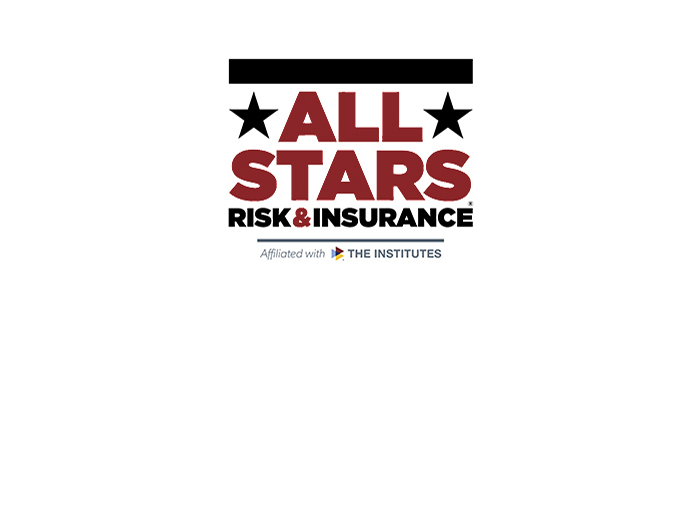Diversity & Inclusion Was at the Heart of One of 2020’s Biggest Moments. How Your Company Should Proceed
The year 2020 will likely be remembered as one of enormous challenge, great sacrifice, and escalating social change. Social justice, diversity and inclusion have all been thrust to center stage this year.
There is a powerful and united voice around the idea of achieving social equality and justice through diversity and inclusion initiatives in all aspects of society today and a great sense of urgency to achieve it.
Diversity and inclusion (D&I) are not new concepts for organizations, but the pressure to publicly commit to achieving diversity and inclusion increased substantially following the death of George Floyd and the subsequent nationwide protests this summer.
In a matter of months, D&I has moved from being a function of a human resources department to becoming a key element of corporate governance and strategy, sitting squarely in the domain of the C-suite. There are great rewards associated with achieving a diverse and inclusive workplace but the road to attaining this goal presents great potential for risk.
Rewards of Diversity and Inclusion
The financial and reputational advantages of having a diverse and inclusive workplace are well developed and documented.
Companies that embrace diversity and inclusion are more productive, more innovative, and tend to financially outperform their peers. In addition, organizations committed to diversity and inclusion benefit from a more favorable reputation in industry circles and with the public at large.
Accordingly, those organizations are better able to attract and retain high-performing, talented employees as well as enhance and preserve customer/client loyalty and win new business.
Not all D&I programs are created equal. D&I initiatives often start as an extension of a company’s equal employment opportunity (EEO) and/or affirmative action programs.
Many organizations already have diversity and inclusion programs in place run by the human resources or talent management departments. For some organizations this is as far as the program goes.
Unfortunately, today this will not suffice. The call to arms in 2020 is for all organizations, large and small, to fully integrate the concepts of diversity and inclusion into the very fabric of the organization, and quickly. However, advanced and fully developed D&I programs of this sort take time, effort and true commitment at all levels of the organization.
Risk of Hypocrisy
The social justice protests in the summer of 2020 put enormous pressure on corporations to publicly address the issue of inequality in the workforce. Corporations rushed to social media to issue statements of solidarity and to declare their commitment to diversity and inclusion.
When it comes to social media, timing is everything. Companies had to act quickly in declaring a position on diversity or run the risk being viewed as unsupportive of the movement. Succumbing to this pressure, many companies and, specifically some executives, may have spoken too soon. Making assertions that do no match what the company is willing and able to do can cause more harm than good.
In July 2020, a shareholder derivative action was filed against a large public company alleging the directors and officers breached their fiduciary duties by failing to include diverse directors on their boards notwithstanding specific public statements regarding their commitment to diversity. A wave of similar lawsuits followed with almost identical allegations. In the current social climate, the financial and reputational risks associated with this sort of hypocrisy could be devastating.
Strong Movement for Change
Legislators and regulators are also acting to move the needle on corporate diversity.
In November 2019, the U.S. House of Representatives passed a bill entitled “Improving Corporate Governance Through Diversity Act of 2019.” This bill would amend the Securities Exchange Act of 1934 to require publicly traded corporations to disclose the racial, ethnic, and gender composition of their boards of directors and executive officers.
In addition, the bill would require the Securities and Exchange Commission (SEC) to establish a Diversity Advisory Group to report on initiatives to increase gender, racial, and ethnic diversity.
In September 2020, California Governor Gavin Newsom signed into law AB 979, requiring boards of public corporations based in California to include a minimum number of directors from underrepresented communities, by the end of 2021.
The law broadly defines “underrepresented” communities to include racial, gender and sexual orientation categories. This is a follow-on law to the 2018 California law requiring publicly traded companies headquartered in California to include at least one woman on the board.
On December 1, 2020, Nasdaq filed a proposal with the SEC calling for new listing rules related to board diversity and disclosure. If approved, Nasdaq-listed companies would be required to have at least one female director and one director who is a racial minority or who self-identifies as LGBTQ, or to provide an explanation why they do not.
Impact on Liability Risk and Insurance
Rapid, widespread change invites a certain amount of risk. There is a palpable urgency to achieve a fully diverse and inclusive workplace and society. This rush to change is already having an impact on liability risk and insurance risk transfer.
At this point, the impact is most pronounced on Public and Private Company Director and Officer Liability Insurance (D&O) and Employment Practice Liability Insurance (EPL).
D&O carriers are bracing for further litigation arising from mistakes made in implementing D&I programs as well as misrepresentations regarding the maturity and extent of a company’s D&I program. Public companies are already starting to see a growing number of shareholder demands for books and records regarding diversity, which could be a precursor to a derivative lawsuit.
EPL carriers are already experiencing an increase in frequency and severity of discrimination lawsuits. More specifically, racial and gender discrimination claims are on the rise and settlement values on these claims have been increasing as well.
In addition, EPL carriers are seeing an increase in pay equity claims. As organizations strive to achieve diversity, they sometimes overlook the need for equity in compensation.
These D&O and EPL claim trends are not likely to disappear anytime soon. In fact, activity by the legislators and regulators will add a new layer of complexity and severity to the risk and potential liability for companies.
Underwriters are keenly aware of this and have already started asking additional questions such as: Has the company acknowledged the social justice movement and identified any areas of improvement? Has the company reviewed its policy towards workplace discrimination, with a focus on racism and whether the dress codes forbid engaging in any political discourse? Has the company promoted, or made available, any resources or materials relative to diversity programs to broaden the workforce’s knowledge on these issues?
There is no doubt that diversity and inclusion will play an important role in shaping our new normal in the post-COVID world. The goal of having a fully diverse and inclusive workplace is achievable but not without time, effort and some risk. &










